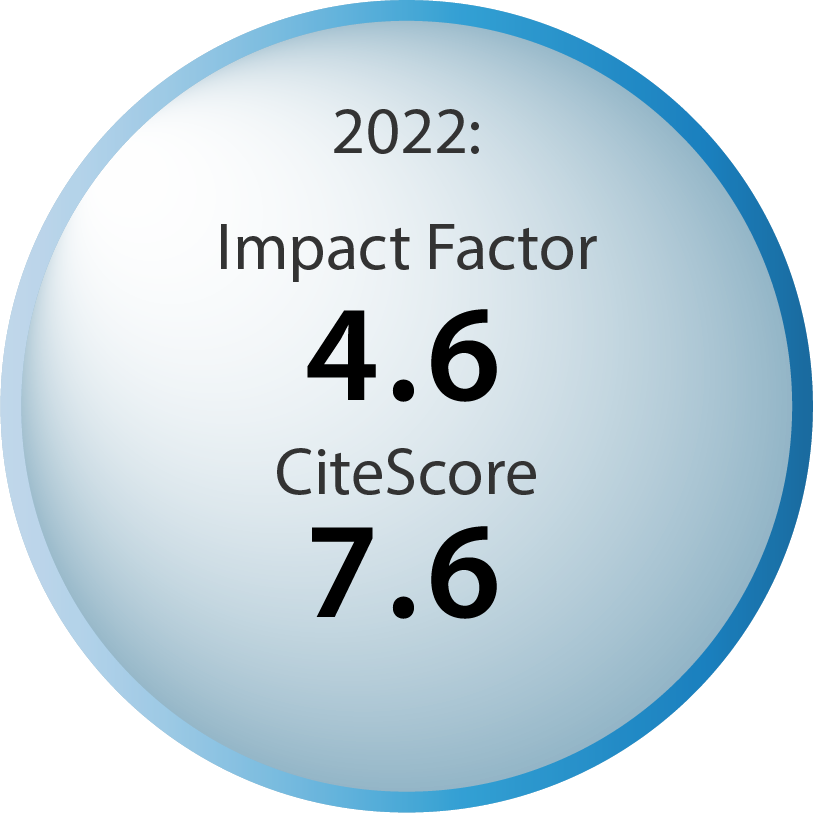Reviews:
Microbial Cell, Vol. 12, No. 1, pp. 93 - 108; doi: 10.15698/mic2025.04.848
Influence of cervicovaginal microbiota on Chlamydia trachomatis infection dynamics
1 Department of Microbiology and Immunology, University of North Carolina at Chapel Hill. 2 Department of Pediatrics, University of North Carolina at Chapel Hill.
Keywords: chlamydia, gonorrhea, lactobacilli, microbiome, 16S rRNA, immunity, multiomics.
Received originally: 13/01/2025 Received in revised form: 25/02/2025
Accepted: 01/03/2025
Published: 15/04/2025
Correspondence:
Catherine M. O’Connell, PhD, University of North Carolina at Chapel Hill, 8340B MBRB, CB# 7509, 111 Mason Farm Road, Chapel Hill, NC 27599-7509; phone (919) 962-3422; fax:(919) 966-7277; catherine.oconnell@unc.edu
Conflict of interest statement: The authors have declared that no conflicts of interest exist.
Please cite this article as: Emily Hand, Indriati Hood-Pishchany, Toni Darville and Catherine M. O’Connell (2025). Influence of cervicovaginal microbiota on Chlamydia trachomatis infection dynamics. Microbial Cell 12: 93-108. doi: 10.15698/mic2025.04.848
Abstract
The cervicovaginal microbiome (CVM) is increasingly being considered as an important aspect of women’s health, particularly in relation to the risk and progression of sexually transmitted infections (STIs). CVM composition varies significantly between individuals and is shaped by factors including diet, age, environmental exposures, and lifestyle. Understanding these influences may shed light on how microbial imbalances contribute to infection susceptibility and the development of reproductive health disorders. Five distinct community state types (CSTs) classify common CVM compositions. Most CSTs (I, II, III, V) are characterized by a dominant Lactobacillus species and are associated with better or neutral reproductive health, including reduced coincident detection of STIs such as Chlamydia trachomatis. In contrast, CST IV is composed of diverse, predominantly anaerobic, microbial species and is associated with CVM dysbiosis, bacterial vaginosis, and a heightened risk of STI acquisition. This review examines the complex interplay between the CVM, C. trachomatis infection, and host immune responses, highlighting the role of metabolites such as short-chain and long-chain fatty acids, indole, and iron in modulating pathogen survival and host defenses. Additionally, the impacts of CVM composition on C. trachomatis persistence, ascension, and clearance are discussed, alongside co-infection dynamics with pathogens like Neisseria gonorrhoeae and Mycoplasma genitalium.
ACKNOWLEDGMENTS
We wish to thank all the women have participated in our studies and the members of the clinical support team, under the direction of Harold Wiesenfeld MD and Sharon Hillier PhD, at the Allegheny County Health Department STD Clinic, the University of Pittsburgh, and Magee Womens Hospital Research Institute, Pittsburgh, PA who facilitated this. We also thank Quintin Girardi (UNC) and Jake Roetcisoender (UNC) for their thoughtful feedback during manuscript preparation. Figure created with Biorender under license agreement number SX27RWAEZI.
Our microbiome-focused studies are supported by the National Institute of Allergy and Infectious Diseases via U19 AI084024 (Darville, PI) and R01AI170959 (O’Connell, PI). Emily Hand is funded in part by NIGMS T32 grant 5T32GM149370. Indriati Hood-Pishchany is funded in part through grants from the Bill and Melinda Gates Foundation (Awards No. INV-055566 and INV-072197).
COPYRIGHT
© 2025

Influence of cervicovaginal microbiota on Chlamydia trachomatis infection dynamics by Hand et al. is licensed under a Creative Commons Attribution 4.0 International License.









